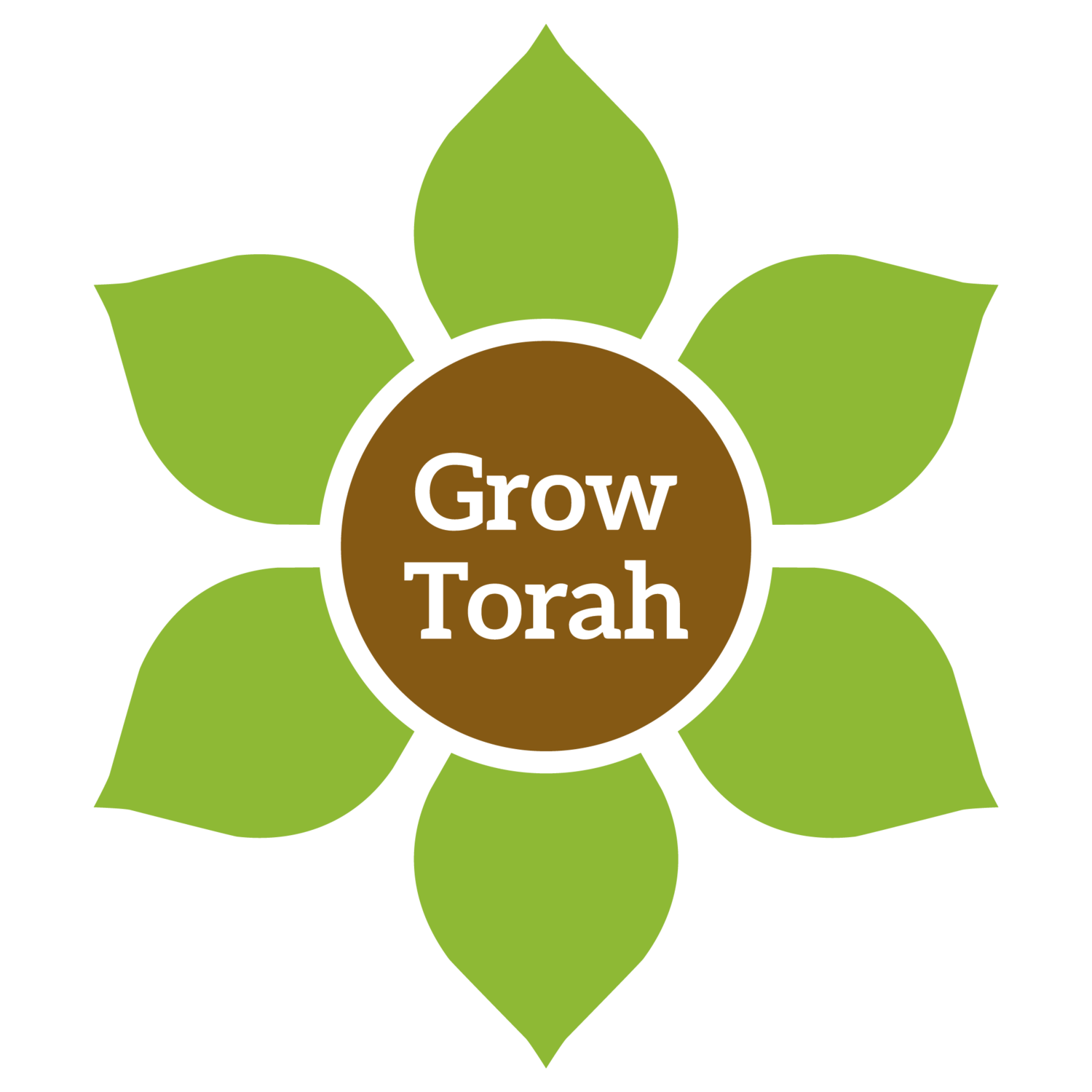Parshat Bo: Taking Notice in Our Time
Original author - Rabbi Shaul David Judelman, edited by the GrowTorah Summer Inchworms 2021
View Accompanying Source Sheet Here
When someone says “Jewish time,” they usually mean they’re running late, and when they say “Jewish geography,” they usually mean that specific game we play of trying to figure out which Jews we know in common. But the original Jewish geography, according to our mystical tradition, has three components- Place, Time, and Soul (Olam, Shanah, and Nefesh). Much of Environmental Torah hinges on Place - the land we live on and our obligations to it. However, time is another basic dimension in which we exist and interact with our world, and it has its own environmental lesson to explore.
Parshat Bo highlights the notion of time: “This month will be to you the head of the months.”[1] The commandment to mark the month of Nisan is the very first mitzvah given to the Jewish people as a whole. Our redemption begins with a demarcation of time.
Rashi’s first question on the entire Torah is about this verse. If the Torah is the book of the Jewish people’s Divine Law, he asks, “What is the reason that it opens with Creation?”[2] The question is certainly rhetorical, and perhaps facetious. Could you imagine the Torah starting with anything but Creation? But the link between these beginnings is crucial - our understanding that the world was created and is under Hashem’s control must precede acceptance of the mitzvot. In turn, our understanding of the calendar is so basic to our nation and relationship with Hashem that it rivals the importance of Creation, and is our first mitzvah.
The word we receive with the commandment of time is Chodesh, month, or more literally, newness. It is extremely instructive that our word for this basic time unit implies renewal and revelation, as opposed to a continuation of the status quo. Even the word for year, shanah, is connected to the word for change, shinui.
These names have connotations that indicate an approach based on progress and linear advancement, however, that is only one aspect of “Jewish time.” Far from being conceived as purely linear, the Jewish calendar reflects the cyclical nature of the year with a precise system of holidays and observances connected to each moment and season. The beginning of our year, as proclaimed in the first commandment in Parshat Bo, is the linchpin of that connection. [3] The Torah calls Pesach “Chag haAviv,” the holiday of the spring. The Talmudic prescription of the Jewish leap year, implanting an extra month in the year, is done so that Pesach will indeed always occur in the spring.
The Sages could have declared a purely astronomical, lunar calendar; based on the Torah’s prescription they took steps to ensure that the calendar also reflects the cycles of nature. The Jewish calendar is not merely an artificial human construct: Hashem’s mitzvot ensure that the calendar aligns humans with plants, animals, and the rest of the natural world.
The confluence of redemption and springtime may not be coincidental. Everyone is aware of the tremendous energy of renewal that occurs in the springtime. The rebirth of flowers and greenery, the new life in the fields - these are all symbols of our redemption. In this way, our concept of Time - Shanah - is intertwined with the Soul - Nefesh. We are reminded—on Pesach, on Rosh Chodesh, on Shabbat, and with the rising of the sun each day—that renewal is possible at every moment.
Rabbi Schneur Zalman of Lyadi, in a teaching about Pesach, mentions an anthropocentric view that the renewal of spring actually stems from the redemption of the Jewish people.[4] The truth, he teaches, is that there is no such primacy or causality; the Divine energy that brings forth the birth of spring in nature is the exact same energy that brought about the redemption of our people in Mitzrayim. And it is precisely the return of spring each year that inspires our personal redemption with each Pesach.
You may find yourself in a synagogue on Shabbat where many people have been relying upon their watches and modern clocks to tell the time. However, if it is time for kiddush levana, sanctification of the moon, we are pulled back to Hashem’s original tool to measure time. There is something beautiful in how our tradition’s attention to the natural cycles still impacts us today, how our Jewish practice brings us outdoors to find our connection with Hashem.
Rabbi Menachem Frumin of the Israeli town of Tekoa once asked, “How can Jews, who are commanded to develop yirat Shamayim (fear of Heaven), live in a place where they can’t even see the shamayim (skies)?”
Being true to “Jewish time,” then, involves both an openness towards renewal and change and a synchronization with natural cycles. In keeping these both in mind, we can better live in harmony with Hashem and commit ourselves to care of His environment.
Suggested Action:
You can take the Jewish calendar as a starting point to connecting more intimately with the natural world. Setting aside a regular time, for example on Shabbat, to be outdoors can help keep track of the seasons and refocus our attention to the environment.
By eating seasonally, and buying more local produce, we become aware of what foods become available in each season and draw more appropriately from the earth and the environment we are in.
Click here to sponsor a parsha.
Notes:
[1] Shemot 12:2. All translations are from chabad.org
[2] Rashi on Bereisheit 1:1.
[3] While Rosh Hashanah is considered the Jewish New Year, the “head of months” described in Parshat Bo is the month of Nisan, during which Pesach is celebrated. Nisan is considered the first month of the Jewish calendar and Tishrei, the month of Rosh Hashanah, is the seventh.
[4] Likutei Torah, Parshat Behar
